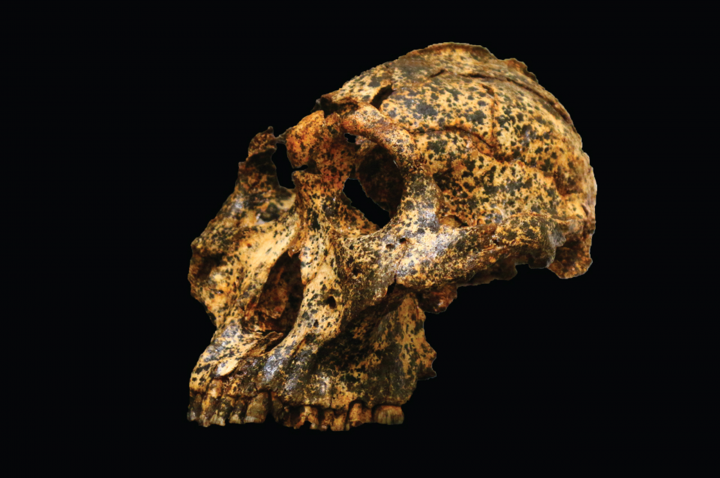Discovery of two-million-year-old skull in South Africa throws new light on human evolution
The fossil was a male Paranthropus robustus, a species that existed alongside our early human ancestors as a ‘cousin species.'

Your support helps us to tell the story
From reproductive rights to climate change to Big Tech, The Independent is on the ground when the story is developing. Whether it's investigating the financials of Elon Musk's pro-Trump PAC or producing our latest documentary, 'The A Word', which shines a light on the American women fighting for reproductive rights, we know how important it is to parse out the facts from the messaging.
At such a critical moment in US history, we need reporters on the ground. Your donation allows us to keep sending journalists to speak to both sides of the story.
The Independent is trusted by Americans across the entire political spectrum. And unlike many other quality news outlets, we choose not to lock Americans out of our reporting and analysis with paywalls. We believe quality journalism should be available to everyone, paid for by those who can afford it.
Your support makes all the difference.Australian researchers have discovered a two-million-year-old skull in South Africa that sheds new light on human evolution.
The fossil was a male Paranthropus robustus, a species that existed alongside our early human ancestors as a ‘cousin species'.
Academics from La Trobe University’s Archaeology Department in Melbourne, Australia led the excavation and reconstruction of the large-toothed rare skull from the Drimolen Main Quarry north of Johannesburg, South Africa.
Researchers described the fossil — that was found in 2018 on South African Father’s Day (June 20) — as exciting.
Dr Angeline Leece told the BBC: "Most of the fossil record is just a single tooth here and there so to have something like this is very rare, very lucky."
She added that Paranthropus robustus appeared at roughly the same time as our direct ancestor Homo erectus, and the skull was found near the child fossil the team discovered at the same site in 2015.
Dr Leece said: “These two vastly different species, Homo erectus with their relatively large brains and small teeth, and Paranthropus robustus with their relatively large teeth and small brains, represent divergent evolutionary experiments,” Dr Leece said.
“Through time, Paranthropus robustus likely evolved to generate and withstand higher forces produced during biting and chewing food that was hard or mechanically challenging to process with their jaws and teeth — such as tubers.
"Future research will clarify whether environmental changes placed populations under dietary stress and how that impacted human evolution.”
La Trobe PhD candidate Jesse Martin said the findings were published today in Nature Ecology and Evolution and could lead to a better understanding of our human ancestors.
Mr Martin said that working with the fossil pieces was like “working with cardboard” and that he used plastic straws to get the remaining pieces of dirt off them.
He added the skull discovery presented a rare example of "microevolution" within human lineage showing that Paranthropus robustus evolved their iconic chewing adaptations incrementally, possibly over hundreds of thousands of years, in response to environmental change.
It is widely thought that two other hominin (human-like species) existed alongside Paranthropus robustus at that time in Africa, they are Homo erectus and Homo heidelbergensis


Join our commenting forum
Join thought-provoking conversations, follow other Independent readers and see their replies
Comments